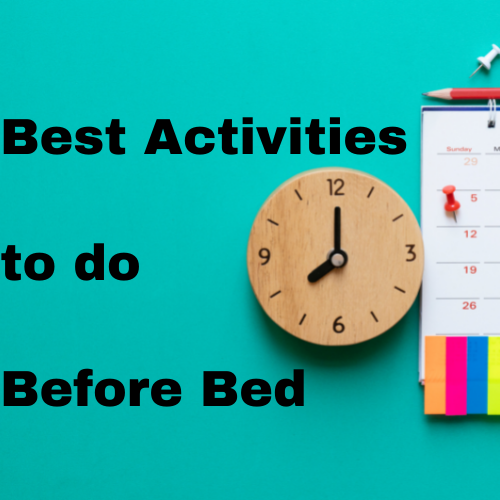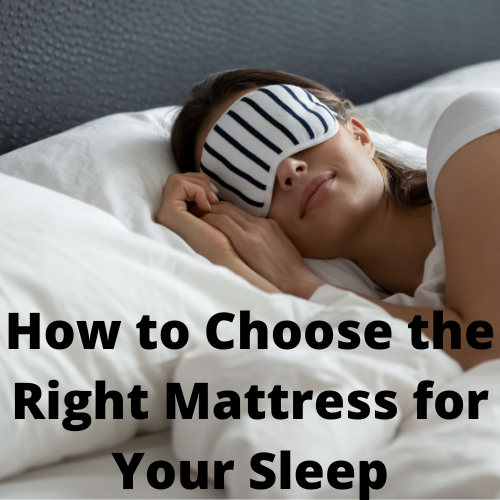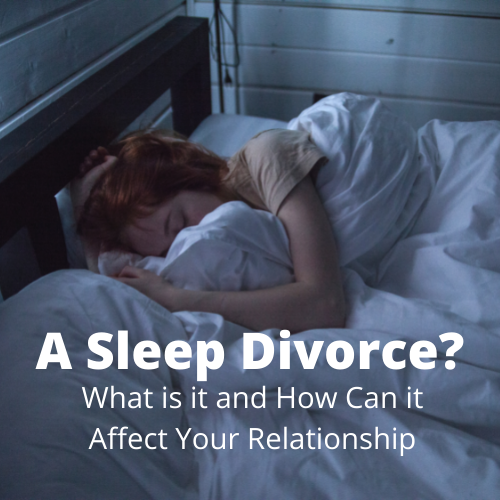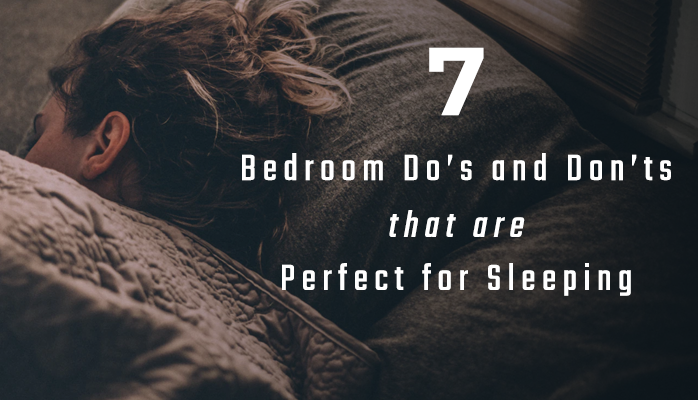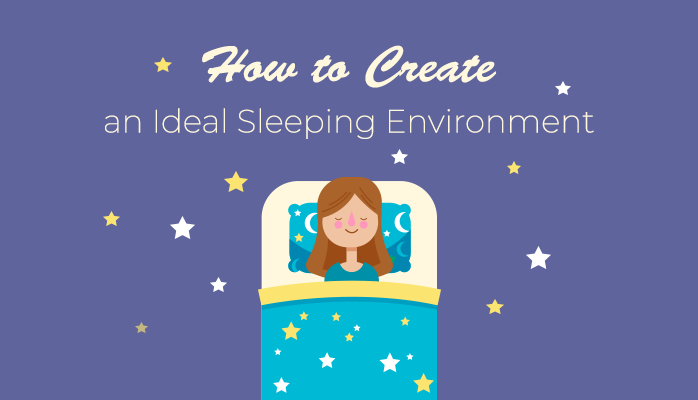Traveling is a huge part of life and can be so much fun. However, traveling is exhausting, and it can be so difficult to get good sleep when you are moving between time zones and sleeping in a different room. However, if you hope to get a good amount of sleep in order to enjoy your travels, then you must maintain a good sleep schedule. Here are a few tips you can use to maintain your sleep schedule while traveling.
How to Maintain Your Sleep Schedule While Traveling
Everyone has heard the phrase "You sleep when the baby sleeps". However, rarely does that ring true, as new parents often try to get things done while their newborns are asleep. But scheduling things and planning around an unusual sleep pattern can be really difficult. Parents may strive to get their newborns on a sleep schedule as soon as possible. To make things easier for parents and newborns, here are tips to help get those new babies on a sleep schedule.
Building a sleep routine, or practicing good sleep hygiene, is important for helping your brain shut down and get ready for bed. It is especially useful for those who may struggle with insomnia. Sleep hygiene is a way to train your brain and body for sleep by giving it a regular sequence that it can recognize as something you do before bed. This process is very helpful for good sleep, but it can be difficult to get down. Here are some of the best activities you can do before bed and add to your sleep routine.
Nighttime Stuffiness: Why Congestion May be Worse at Night
Allergies can be the most annoying thing to deal with, especially when you're trying to get a good night's sleep. When you can't breathe out of your nose and you're forced to breathe out of your mouth, you can wake up with dry mouth, and your overall quality of sleep is just not good. Nighttime stuffiness may be worse than your daytime allergies, which can be extremely frustrating. Here is some more information on nighttime stuffiness and what you can do for a better night's sleep.
How to Choose the Right Mattress for Your Best Sleep
Choosing a mattress is a very important decision to make. The comfort of your mattress really determines the type of sleep that you will be able to get. If you find yourself waking up exhausted, or tossing and turning all night, it may be due to the discomfort of your mattress. Read below to check out how to best choose a mattress for your best sleep!
A Sleep Divorce: What it is and How It Can Affect Your Relationship
If you find yourself having trouble sleeping with your partner, you may have come across something called a sleep divorce. At first sight, a sleep divorce may sound awful, but in reality, it could be a solution for you and your partner. Think of Ricky and Lucy Ricardo in "I Love Lucy" where they slept in different beds, but still shared the same bedroom. The two slept apart due to different sleep patterns and comfort, not because they didn't love each other. Read more to find out if a sleep divorce may be right for you, and how to best go about it.
7 Bedroom Do’s and Don’ts that are Perfect for Sleeping
Preparing for a good night's rest is more than just getting in the bed. It's essential that your environment is conducive for rest. Below is a list of 7 bedroom dos and don'ts for perfect sleeping.
An Ideal Sleeping Environment
Creating an ideal sleeping environment is absolutely essential to getting a good night’s rest. It can also play a crucial role in the process of identifying and diagnosing a sleep disorder (or ruling it out). A sleep environment is, unfortunately, not something many people think about when they think about having sleeping problems. The common reaction is to instead reach for a sleep aid, such as melatonin. But I repeat, a sleep environment can make all the difference in the world.
Having a good sleep environment means setting one up: if you are like almost everyone else, there are aspects of your sleep environment that are most definitely not ideal. The primary things to look for in a proper sleep environment are:
- Dark
- Quiet
- No blue light (televisions, computers) – keep them out!
- Nice sleeping apparel (sheets, pillows, mattresses)
- Nice smelling
- Clean
Does your room hit all of these marks? Probably not.
If you are having sleep trouble, the first thing you might do is ensure that your sleep environment is not the cause of your sleep problems. Let’s look at each of these in more detail.



